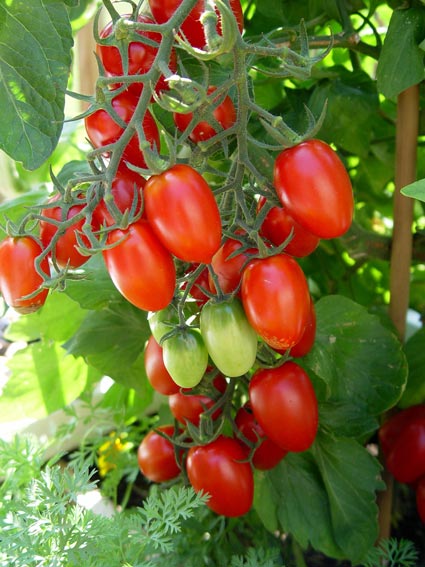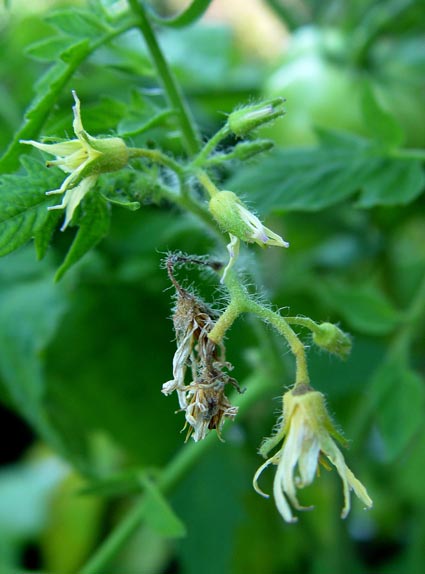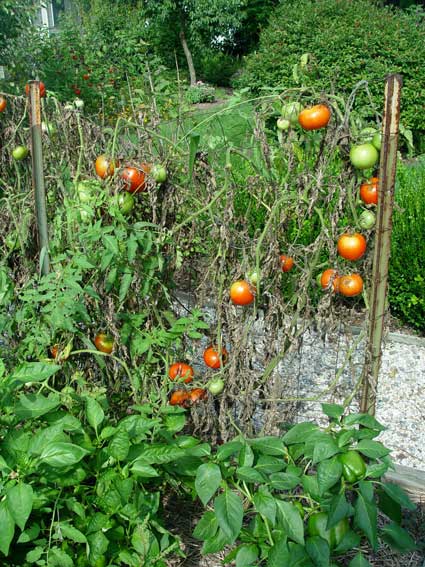How it Works: Preen Garden Weed Preventers
Here's how our Garden Weed Preventers prevent weeds before they even sprout rather than killing them after they’ve already had the chance to grow.
There is nothing like the taste of a freshly picked tomato from the garden. This is one of the best reasons to try vegetable gardening at home. Tomatoes plucked fully ripe from the back yard are light years ahead of commercial types in flavor, a trait that’s long taken a back seat commercially to yield, shelf life, and price. Here are some tips on how to grow the best-tasting tomatoes.
In general, small grape and cherry tomatoes pack the most flavor because their sugars and flavor compounds are concentrated into smaller packages. Color also can play a role, since pigments are related to different balances of sugars and acids. Many gardeners say that orange and yellow tomatoes taste milder and less acidic than red ones, or that black-fruited ones taste sweeter than pink- or red-fruited ones. Taste is a subjective matter, though, so what one gardener thinks is great flavor could rate so-so to another. Even the same tomato can come out tasting very differently from region to region, which is why one of the best guides to variety comes from the first-hand experiences of local gardeners and growers.

© George Weigel
Taste in tomatoes varies from season to season depending upon the weather although, of course, we have no control over this. Optimum climates are sunny and run consistently in the 80s during the day and 60s or 70s at night. Some varieties however have been bred to do better than others in less than ideal climates. For example, Manitoba and Polar Baby were bred for earliness in short seasons. Heat-tolerant varieties include Solar Flare and Summer Heat.

The soil in which tomatoes are grown has a huge effect on the taste of the crop. Have the soil tested for pH (soil acidity or alkalinity), nutrients, and minerals, and follow the recommendations of the laboratory results. Also, it should be high in organic matter and drain well.
Obviously optimum conditions have a huge effect on the taste of the fruit. The less stress and better the growing conditions, the healthier the tomato plant. And the healthier the plant, the more likely it is to reach its full flavor potential. So, for the most flavorful crops follow these recommendations:

© George Weigel